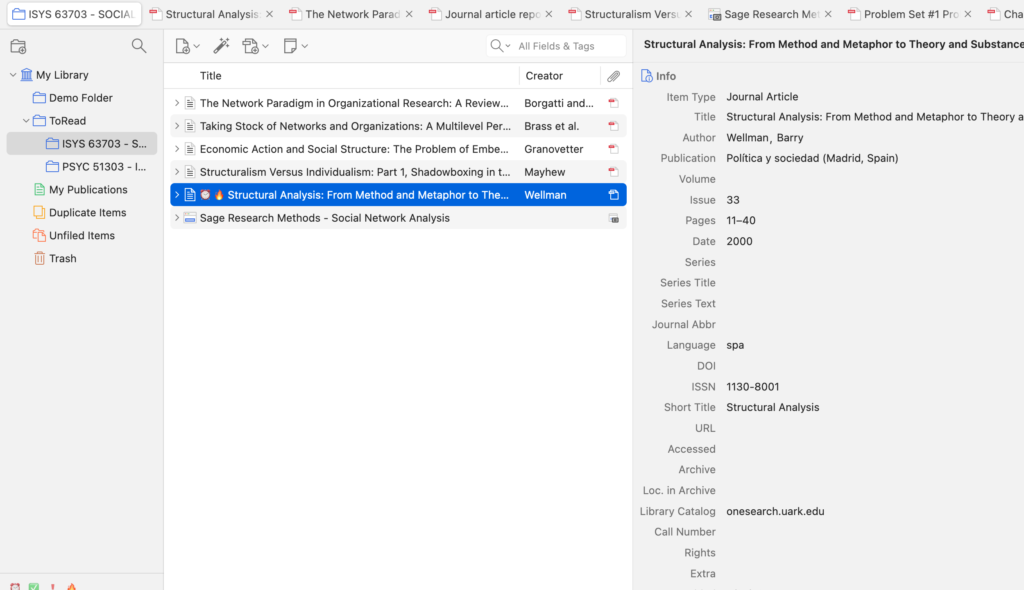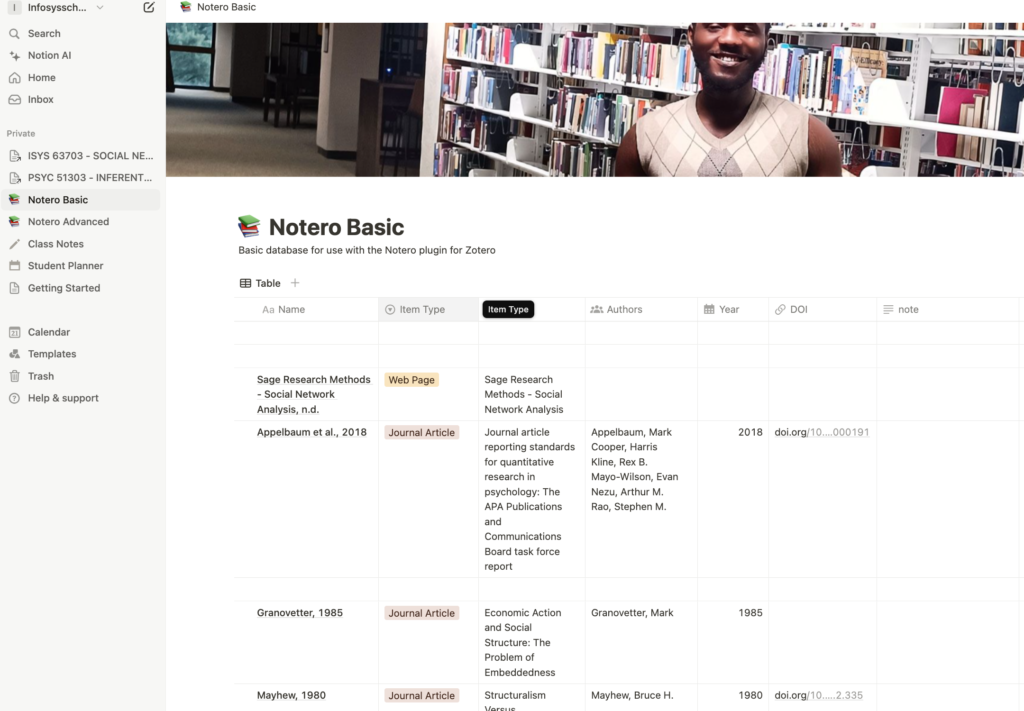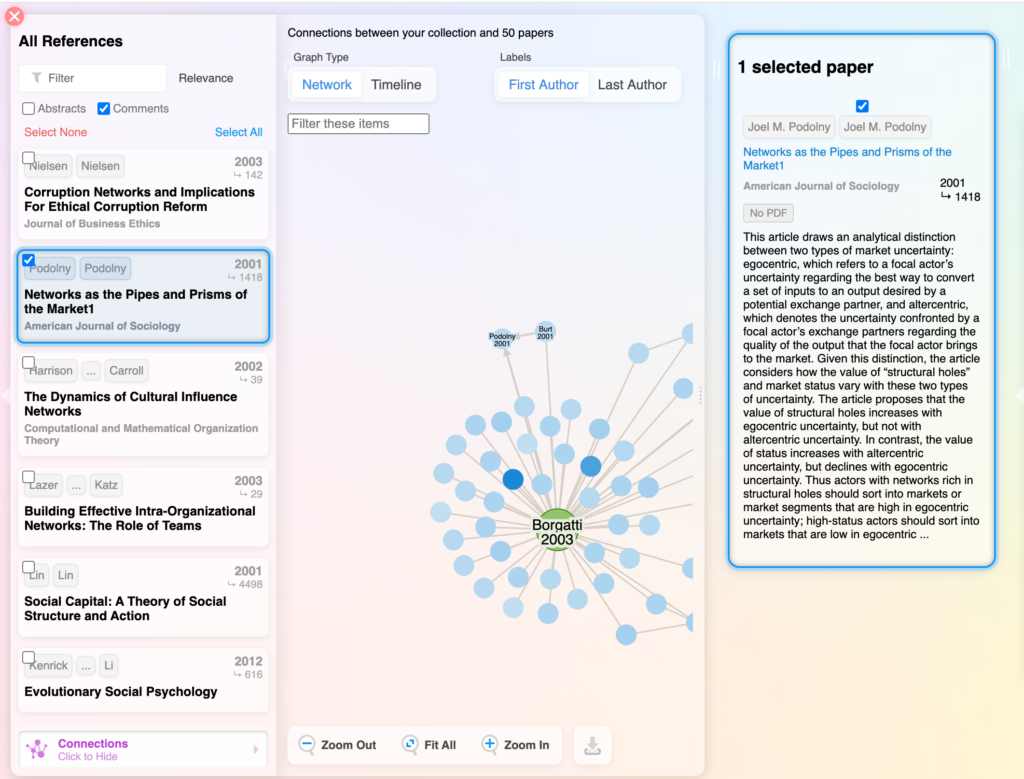Today, I experienced what I would call a “Eureka” moment in my PhD journey. In my last post, I discussed how one can be busy yet unproductive in this process, overwhelmed by a mountain of tasks and juggling between them without achieving anything. Today, I resolved to focus on completing one task at a time.
For me, that task was understanding how reference managers work. Before I delve into details, I implore any PhD student reading this: don’t immediately jump into reading research papers or engaging in academic activities. You might think you’re being productive, but trust me, you’ll likely end up confusing yourself and wasting time.
As a PhD student, you have a lot of reading to do and notes to take. It’s crucial to find a way to track research papers, annotations, and notes in one place. This is akin to building a solid foundation or system upon which everything else will be built. Had I not discovered this today, I would have made a huge blunder. Now, my class notes, assignments, research papers, and books are thoroughly organized in a single database. This systematic approach required extensive research and has a steep learning curve, but now that it’s ready, I can focus on developing it further.
So, what is this system? To be honest, it requires a fair amount of technical knowledge to implement. Don’t worry, though; if you follow the steps, you should be able to set it up. The general idea is to organize all your research papers, books, courses, assignments, and class notes into a reference manager called Zotero. That’s the easy part. The challenging aspect is synchronizing your Zotero workspace with Notion and Research Rabbit, ensuring that any changes in Zotero appear in Notion. This integration requires specialized plugins and GitHub repositories.
I don’t expect you to figure this out just by reading this post. To truly understand it, you’ll need to watch step-by-step video tutorials. I’ve included screenshots of my workflow below.
Zotero

Notion

Research Rabbit

When I find the time, I’ll create a comprehensive video guide walking you through my workflow and setup process. The challenge now is finding the time – even keeping up with these articles is difficult enough. My eyes are literally closing as I write this. I need to sleep before midnight so I can wake up early and accomplish one defined task.
I’ve included a video below that will guide you through setting up your workflow. I had to watch dozens of videos to finally find the right one.
Again, I urge PhD students to build their automated workflow before doing anything else – it will save you a lot of trouble. You can’t build a skyscraper without a solid foundation, and similarly, you can’t pursue a PhD without a robust system. Now that my system is ready, I can focus on the main objective: reading and researching.
Links: 📝 Notero-Notes: https://github.com/makinteract/notero…
🐇 Research Rabbit: https://researchrabbitapp.com










Leave a Reply